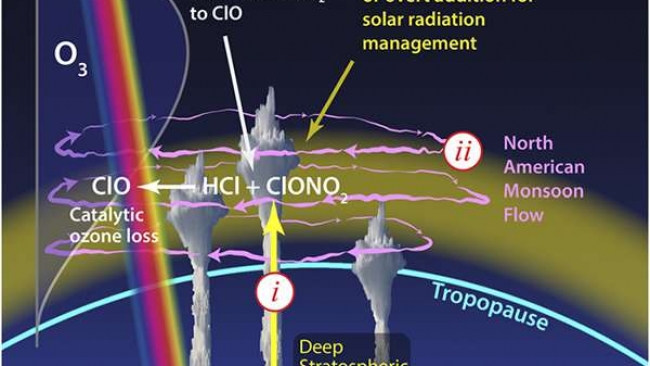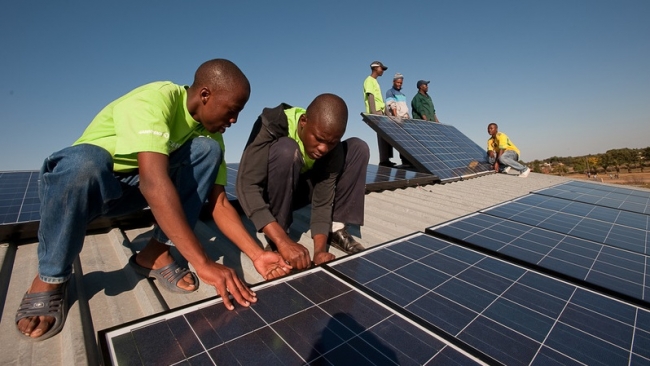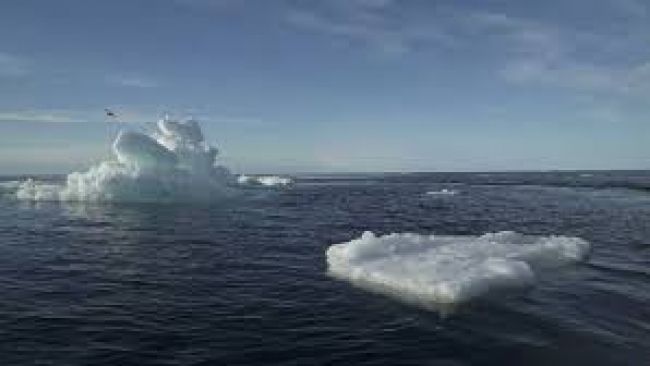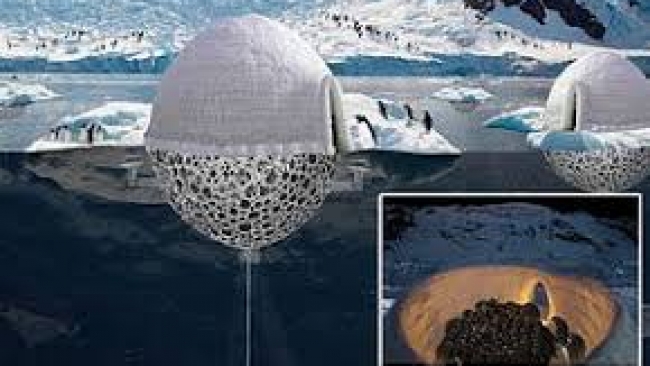Evidence shows increased risk of ozone loss over the US in summer

A new study out of Harvard University reveals that the protective stratospheric ozone layer above the central United States is vulnerable to erosion during the summer months from ozone-depleting chemical reactions, exposing people, livestock and crops to the harmful effects of UV radiation.
Powerful storm systems common to the Great Plains inject water vapor that, with observed temperature variations, can trigger the same chemical reactions over the central United States that are the cause of ozone loss over the polar regions, according to a new paper published in the Proceedings of the National Academy of Sciences.
The paper, led by James G. Anderson, the Philip S. Weld Professor of Atmospheric Chemistry at the Harvard John A. Paulson School of Engineering and Applied Sciences (SEAS), found that stratospheric ozone concentrations over the United States in summer are vulnerable to both increases in water vapor and observed variations in temperature from storm systems over the Great Plains. Increased frequency and intensity of these storm systems, as well as longer-term decreases in stratospheric temperatures, are expected to accompany climate change.
Using extensive aircraft observations in the Arctic stratosphere from the early 2000's, researchers established the chemical framework defining enhanced ozone loss rates with respect to temperature and water vapor. Then they employed recent NEXRAD weather radar observations to demonstrate that on average 4000 storms each summer penetrate into the stratosphere over the central United States, which is far more frequent than was previously thought.
This combination of circumstances puts the stratosphere over states including Texas, Oklahoma, Kansas, Nebraska, Iowa, Missouri, the Dakotas and states that border the Great Plains, at risk for chemical reactions that deplete ozone during summer, potentially leading to higher levels of exposure to damaging UV light from the sun.
"These developments were not predicted previously and they represent an important change in the assessment of the risk of increasing UV radiation over the central US in summer," said Mario J. Molina of the University of California San Diego, the 1995 Nobel Prize winner in stratospheric chemistry, who was not involved in this research.
Read more at: https://phys.org/news/2017-06-evidence-ozone-loss-summer.html#jCp
Source: https://phys.org/news/2017-06-evidence-ozone-loss-summer.html
Tue 6 Jun 2017 at 08:28



.jpg)
.jpg)
